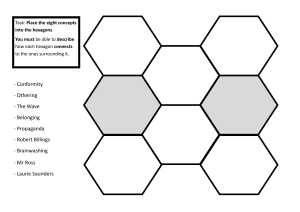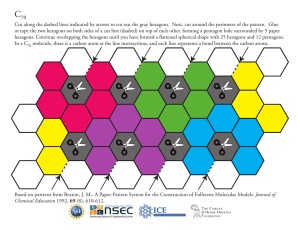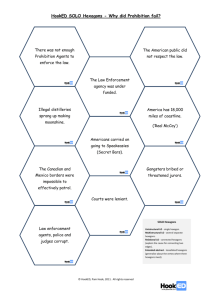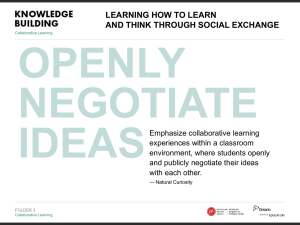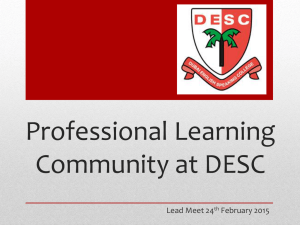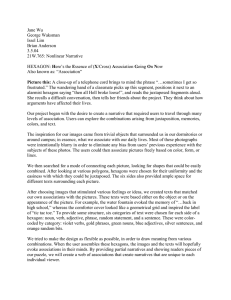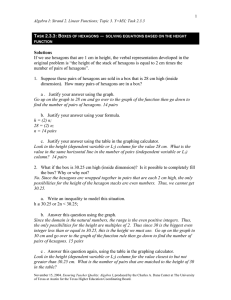Using TALK in the classroom
advertisement
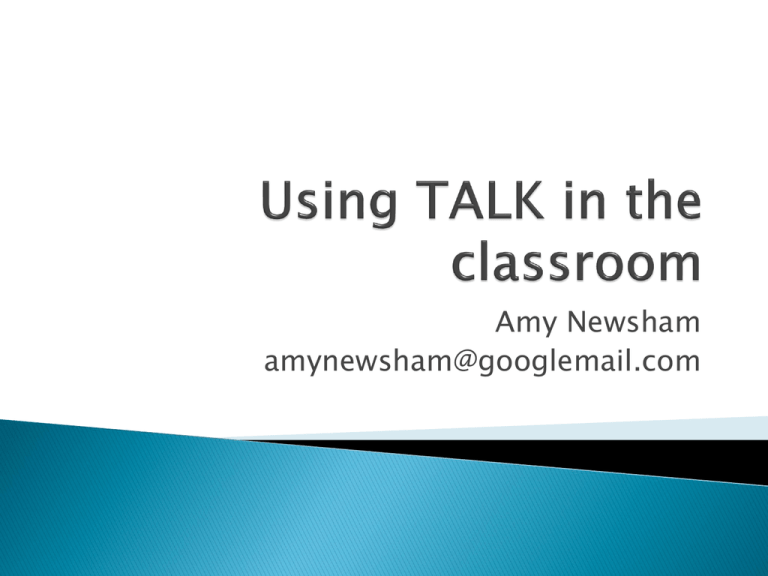
Amy Newsham amynewsham@googlemail.com Get into groups of four. There are four roles for each group. Assign a role to each group member. A Thunk is a simple-looking question about everyday things that stops you in your tracks and helps you start to look at the world in a whole new light. On each table, there is a THUNK activity. In tables, discuss your ideas to your THUNK activity. You must have reasons and examples to support your opinion. Each person must make sure they’re fulfilling their role. What’s ‘good’ about this activity? How could you use it in the classroom? Understand the importance of collaborative learning and talk in the classroom To have different strategies to use in the classroom for talk Understand how to manage talk for learning in the classroom. Pair A: What is talk in the classroom? What is collaborative learning? Pair B: What are your experiences of talk and collaborative learning in the classroom? Strategies? Talk in the classroom: Collaborative Learning: For more information visit: http://pamhook.com/sol o-taxonomy/ You’ve got a set of hexagons in front of you. Using your hexagons, you must think about the advantages of using talk in the classroom. You must link your hexagons together in a logical manner. Work in pairs to do this. You must eliminate 20% of your hexagon total! Decide which hexagons are for the chop. REMEMBER you must discuss your ideas in pairs. Why are you thinking this? How does this relate to the ADVANTAGES of talk in the classroom? You’ve got to order your hexagons into the order of importance. Use the Bull’s Eye to do this. In pairs, you must discuss WHY you’re ordering them in this way. Purpose? Impact? Number 1 go to another pair(s) – have a wander. When you see an interesting set of hexagons, sit down and discuss their ideas. Think about: What have they done? Why have they done this? How is it similar or different to yours? Number 2 remain seated. Be prepared for a grilling! Engaging for all Students can help each other extend and progress in their learning Working together increases social skills Conducive classroom environment All students can achieve and progress Modelling and peer learning What did you learn from that activity? How could you use it in your classroom? How confident do you feel when doing talk for learning and collaborative activities? Rate yourself from 1 to 5. 5 = very confident 1 = not confident at all. Why are you at your rating? Discuss with your fellow members why you’re there. Use examples to support your reasoning. You’ve got a mini card in front of you. On that card, write down three top worries about talk and collaborative learning. Don’t tell anyone! Once you’re done, place it on the pile face down! Have a look at the cards and what you’ve put. Discuss your ideas – explore WHY you’ve said that. See notes for roles! In groups, come up with three or more strategies to ensure group work and talk is focussed and productive. Write these on the post-its. KEY QUESTION: How can we ensure everyone is on task? How can we eliminate any behaviour problems? Two groups into one! Share your strategies! Groupings of students Pace Active learners Structuring of the activities Instructions Clear expectations Behaviour Management Roles Timings On the piece of paper write down: What you’ve learnt from this session A strategy or a resource you’re going to use An idea you’ve had and how you’re going to implement it. After the session, you should be able to define the following two things! Have a go! Talk in the classroom: Collaborative Learning: Collaborative learning and talk must be structured, pacey, defined and worthwhile to the learning process. Clear guidelines and expectations must be adhered to. Different resources and strategies. Collaborative Learning Project: http://www.collaborativelearning.org/clpintrod uction.pdf amynewsham@googlemail.com

